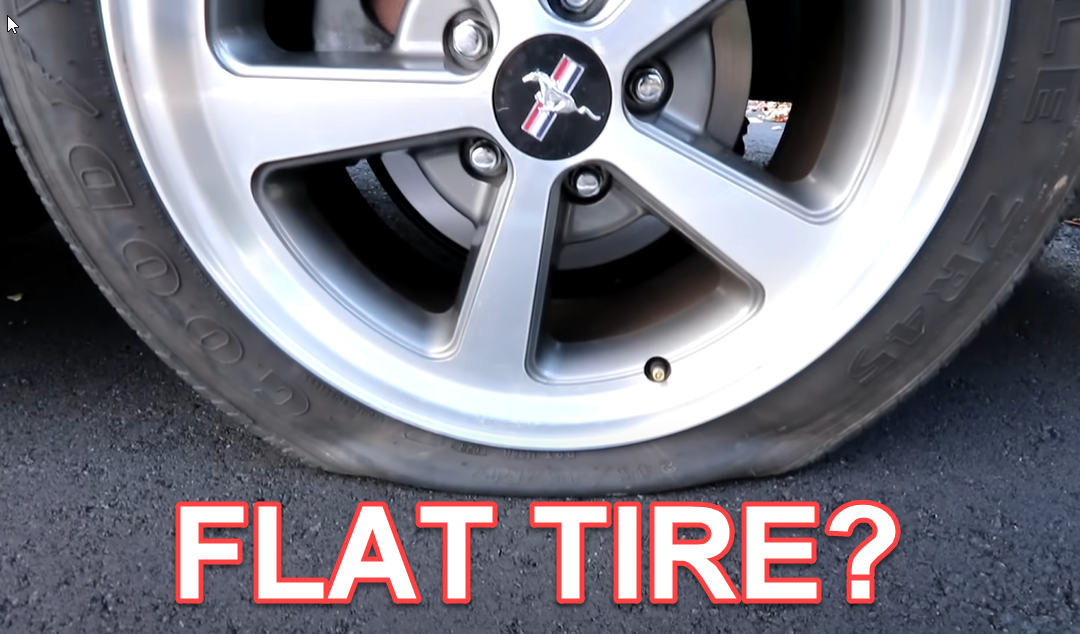
When the Reality of a Flat Tire Surpasses Fiction
(Version française) There are stories that remind us that everyday heroes truly exist. In a recent article by Patrick Lagacé published in LA PRESSE, we were moved by the account of a lady facing a flat tire in the freezing cold of -15 degrees. A STM bus driver, Carlos Diaz, in an act of generosity, stepped out of his vehicle to help her, braving the cold without gloves. This act of kindness highlights the importance of being prepared for any eventuality, especially during the Quebec winter. At Autotech Performance, we offer you a guide to prepare for these situations, with a dash of humor to warm up the atmosphere.
Having a Spare Tire Inflated: The Shield Against the Unexpected
The Importance of Checking: A spare tire is like life insurance for your car: you hope to never need it, but if the day comes, it must be ready for use. Make sure not only that your spare tire is well inflated but also that it is not damaged. A visual inspection to detect any potential cracks or deformations is as crucial as checking the pressure.
Practical Tip: For those who are not mechanically inclined, here is a YouTube video from CAA Québec that explains how to check tire pressure. We advise you to do the same for the spare tire, whose recommended pressure is usually found on a small sticker located in the driver’s side door frame.
Essential Toolkit for Flat Tire Fixes: Your Roadside Change Arsenal
The Basic Kit: In the world of flat tires, being well-equipped is synonymous with peace of mind. New cars are often sold with a jack and a wrench suited to the vehicle. However, when purchasing a used car, it is crucial to check the presence and condition of these tools:
- Original Jack and Wrench: Make sure they are included and in good working order. A demonstration by the seller or a trial on your part can save you from unpleasant surprises.
- Cross Wrench: Even if a wrench is provided with your car, consider replacing it with a cross wrench. It offers a better grip and superior leverage, making it easier to loosen the bolts, especially if they have been tightened by machine.
- Pressure Gauge: An essential tool for maintaining the pressure of your tires and checking that of your spare tire.
- Portable Air Compressor: Handy if your spare tire needs a pressure adjustment.
- Flashlight or Headlamp: Essential for emergency situations at night.
- Work Gloves: For better grip and to protect your hands.
- Cloth or Paper Towels: To clean your hands after the tire change.
- Mat or Cardboard: To insulate yourself from the cold or wet ground.
- Wedge or Wheel Chock: To secure the vehicle and prevent it from moving during the intervention.
Preparation and Verification: Before hitting the road, take the time to familiarize yourself with these tools. A good understanding of your equipment and regular checks will allow you to react effectively in case of a flat tire.
For those who want a practical demonstration, here is a YouTube video from CAA Québec that shows how to change a flat tire step by step. You will notice in this CAA video that in the warmth of your garage, everything seems easy. However, our list addresses the tools required when it comes to changing a wheel on the road, perhaps even in the middle of winter. Our advice: equip yourself properly!
Changing a tire in winter can turn your fingers into ice sticks in no time. Keep a pair of sturdy, insulated work gloves on hand. They will allow you to work with dexterity without sacrificing warmth. For an extra touch of warmth, consider adding disposable hand warmers to your glove box. They are small, inexpensive, and can make a big difference.
Signage for Your Safety when a flat tire hits: A Sign is Worth a Thousand Words
Signage for Tire Change: Safety First. When faced with a flat tire on the road, your safety and that of other road users become your top priority. Before tackling your tire change, it is essential to take measures to make yourself visible and to signal your presence to other drivers.
Place your warning triangle or activate your hazard lights as soon as possible. The triangle should be placed at a sufficient distance from your vehicle to give other drivers time to react. The recommended distance varies depending on the speed of the road: for a road with a speed limit of 50 km/h, place the triangle about 30 meters from your vehicle. On a highway where speeds are higher, the distance should be at least 100 meters.
Other Safety Measures: In addition to the warning triangle, wear a reflective vest to increase your visibility, especially if you have to change a tire in low light conditions or at night. Also, make sure your vehicle is parked in a safe place, away from traffic if possible, and engage the handbrake to prevent any movement of the vehicle.
Be Aware of Your Environment: Always be aware of the surrounding traffic while you work on your vehicle. If you do not feel safe or if the weather conditions are extreme, it may be wiser to call for professional roadside assistance.
By following these recommendations, you will help ensure your safety and that of other drivers while you manage a flat tire. Remember that at Autotech Performance, we are here to help you with all your tire and road safety needs.
Tire Maintenance: The Key to Avoiding Nasty Surprises
A Healthy Tire for a Serene Drive: Before you find yourself in a tricky flat tire situation like the one described by Patrick Lagacé, let’s take a moment to talk about prevention. Regular maintenance of your tires is essential to avoid punctures and ensure your safety.
A properly inflated tire is less likely to suffer a puncture and provides better grip on the road. Use a reliable pressure gauge to maintain the pressure recommended by your vehicle’s manufacturer.
Debris on the road can become embedded in your tires and cause long-term damage. Regular inspections allow you to spot and remove these intruders before they cause a puncture.
Tire Rotation: The Dance of Longevity with Autotech
The Art of Mastering Rotation: Tire rotation is a bit like a well-oiled choreography that ensures the performance and longevity of your road companions. By rotating them regularly, you balance their wear and optimize their grip, which is crucial for safe driving. But don’t worry, at Autotech Performance, we take over for you.
A Turnkey Service: When you choose to store your tires with us, not only do you save space at home, but we also take care of rotating your tires with each seasonal change. It’s a two-in-one service that simplifies your life and ensures the well-being of your vehicle. No need to worry about storage space or planning the rotation: we take care of it for you, with all the expertise and care you deserve.
The Road in Complete Confidence: The Spirit of Mutual Aid on the Roads
At Autotech Performance, we want to salute everyday heroes like bus driver Mr. Carlos Diaz, who embody the spirit of mutual aid that we hold so dear. These acts of generosity and solidarity are not only inspiring, they are the foundation of our community. Indeed, the road is unpredictable, and sooner or later, each of us may find ourselves in a roadside distress situation.
By preparing adequately for the unforeseen on the road and by adopting a benevolent attitude towards other drivers, you contribute to creating a safer and more pleasant road environment for everyone. At Autotech Performance, we are proud to be part of your support network, offering quality services so you can hit the road with complete confidence.
Remember, if you need a tire check or any other automotive service, we are here to help. Book an appointment for your tires online today and join the Autotech Performance family, where safety and mutual aid are at the heart of our mission.



